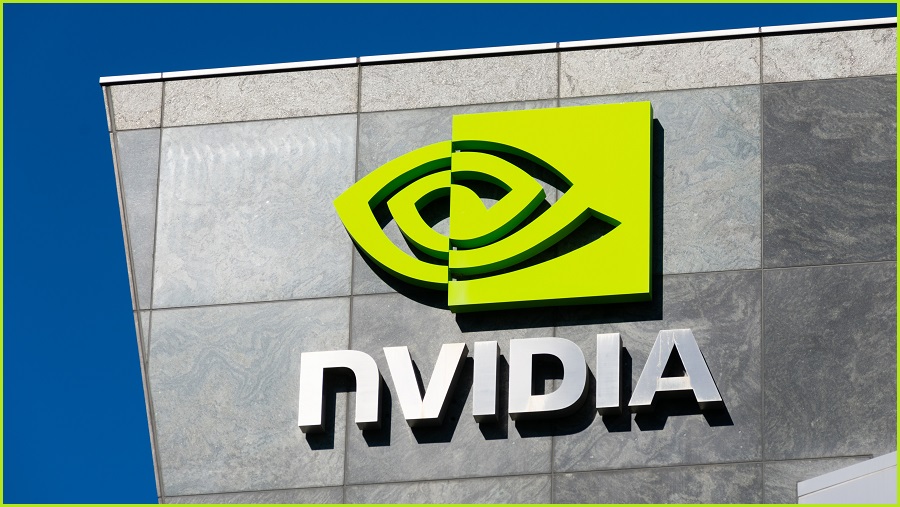Hardware manufacturer NVIDIA has is sitting on a large stockpile of its RTX 3000-series GPUs and is preparing to drop prices ahead of its next product launch, the company said in its earnings call last week.
“Because we were building for such a vibrant market, we found ourselves with excess inventory,” NVIDIA CEO Jensen Huang told investors.
“Our first strategy is to reduce sell-in in the next couple of quarters to correct channel inventory.
“We’ve also instituted programs to price position our products to prepare for next-generation products.”
It’s a revelation that will see many PC enthusiasts breathe a sigh of relief after a set of tough market conditions pushed GPU prices out of reach for many consumers.
The pandemic triggered a worldwide chip shortage which analysts expected would last well into 2022.
Demand for computer chips was at an all-time high with people wanting devices to work and play at home – not to mention the cryptocurrency bull run that suddenly spiked interest in using computers for passive income earning.
The shortage wasn’t helped by shipping and production supply chain problems triggered by lockdowns around the world.
So, when NVIDIA released its RTX 3000-series of GPUs in late 2020, they were among the hottest products on the market.
Scalpers were flipping the graphics cards for nearly double their retail price on secondary markets.
Data scientist Michael Driscoll began scraping data from eBay and found scalpers on just that site had made a profit of US$9.6 million from the NVIDIA GPUs in their first couple of months on sale.
Demand for NVIDIA’s graphics cards were steady until earlier this year when the market started to turn with revenue from NVIDIA’s gaming segment down 33 per cent year-on-year.
“The decline in gaming GPU revenue was sharper than anticipated,” NVIDIA CFO Colette Kress admitted during last week’s earnings call.
“Macroeconomic headwinds across the world drove a sudden slowdown in consumer demand.
“We implemented programs with our gaming channel partners to adjust pricing in the channel and to price position current high-end desktop GPUs as we prepare for a new architecture launch.”
In other words, the company has started slashing prices with its retailers to compensate for the fact that its 4000-series cards are nearly ready to ship and there are still loads of 3000-series sitting on shelves.










